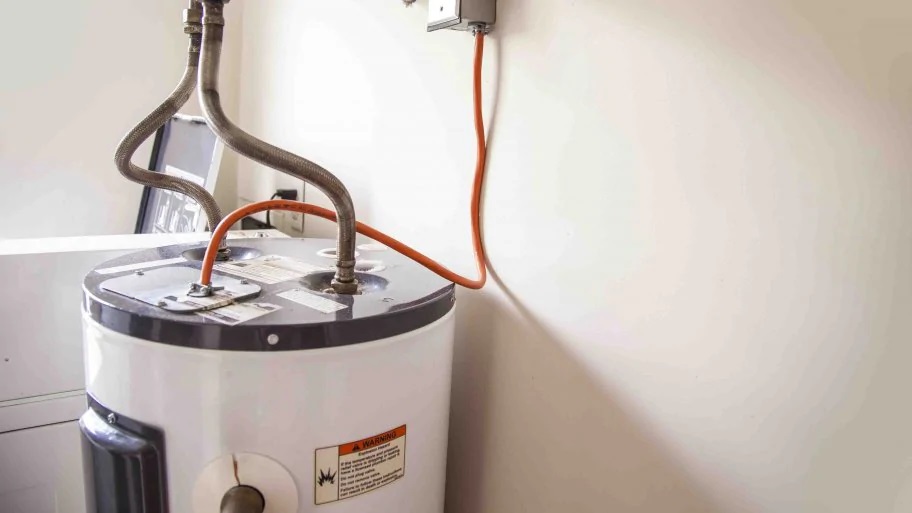Water heaters are notorious for their poor energy efficiency. They sit in your basement, regularly using electricity to keep your water hot. According to the Department of Energy, water heaters account for up to a quarter of a home’s energy consumption.
Apart from being inefficient, water heaters are known for unreliability. While you can easily find water heater replacement in Salt Lake City, wouldn’t it be better if there was something you could do to prolong its service life? Here are a few suggestions:
- Turn the heat down
For every 10 degrees that you turn the temperature down, you get to save as much as five percent on your power bill. Many gas water heaters are preset to 60 degrees Celsius, which is too hot for many people.
Lower the thermostat down to 50 degrees. That’s hot enough for most hot water needs and high enough to reduce the buildup of minerals in your pipes and tank.
- Reduce hot water usage
The less hot water you use, the lower your power bill be. Four people showering at least five minutes a day uses around 700 gallons of water every week. That’s enough water drinking water for one person for three years.
One way to reduce your hot water consumption by as much as 60 percent is to install faucet aerators and showerheads with a lower flow rate. By lowering your hot water consumption, you get to also save on your water bill. Enacting some of these measures can help you save up to 14,000 gallons of water annually.
- Remove the sediment
All heater tanks suffer from the natural buildup of sediment, which reduces the overall efficiency of the system and forces the heater to consume more power and water. The occasional tank draining will help keep the heater efficient.
Most water heater manufacturers will say that you should completely drain the tank once or twice a year. However, you don’t have to drain the tank completely. It could be more helpful to drain a bit every three months.
- Insulate exposed pipin
Exposed piping loses heat at a faster rate, which can raise your power and water bill. By insulating the exposed pipes carrying hot water, water will arrive at the tap warmer, reducing the workload of the heater, saving you money and energy.
- Insulate the water tank
If you have an older water heater, and if it’s located in an uninsulated space, covering the tank with an insulating jacket is a quick and cheap way to reduce costs.
You don’t have to do this with newer tanks, however, since some of the newer models are already pre-insulated. It’s easy to find out which kind of tank you have. If the tank’s label has an R-value of 24 and over, you don’t have to insulate. If not, cover it up
By covering an older hot water tank with an insulating blanket, heat loss can be reduced by as much as 45 percent, saving you up to 9 percent on your power bill. Insulating blankets are affordable and easy to install. Regardless of the heater power source, you should not block critical openings and fixtures. Electric water heaters have thermostats, while a gas water heater has an exhaust and an air inlet.




